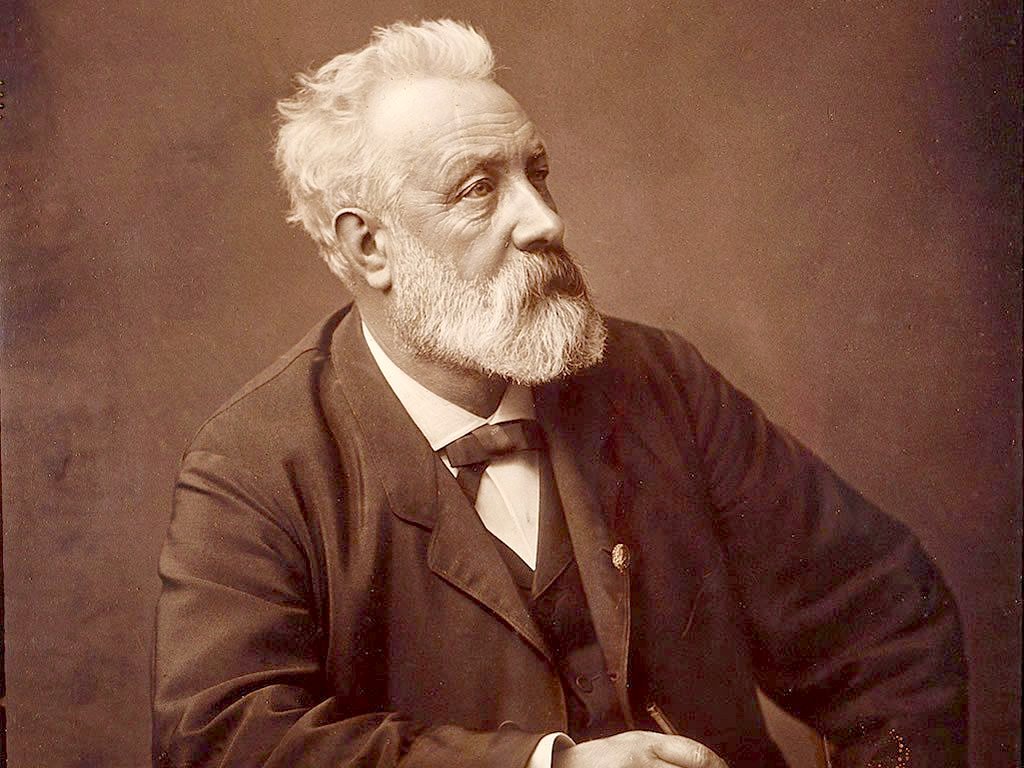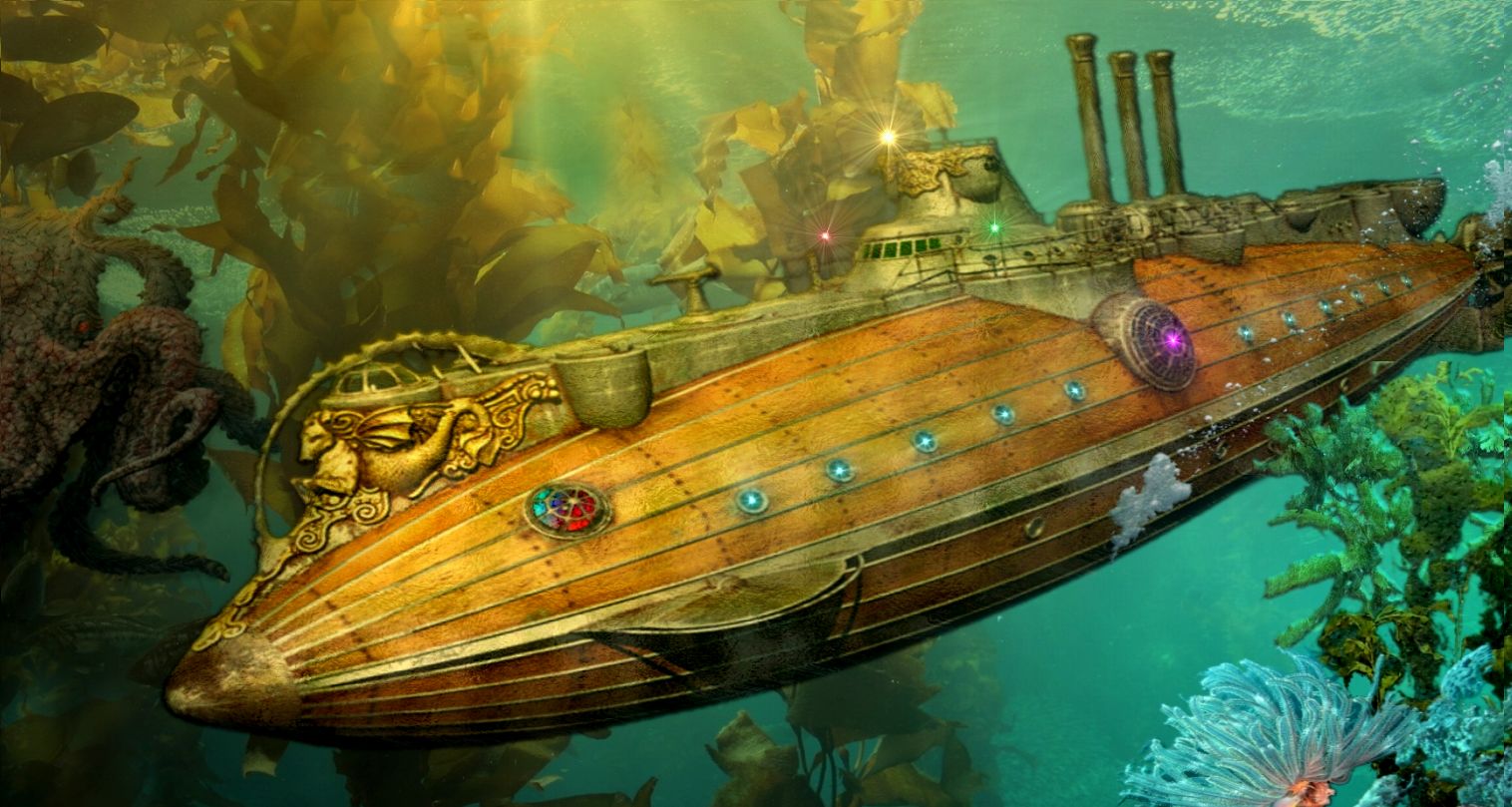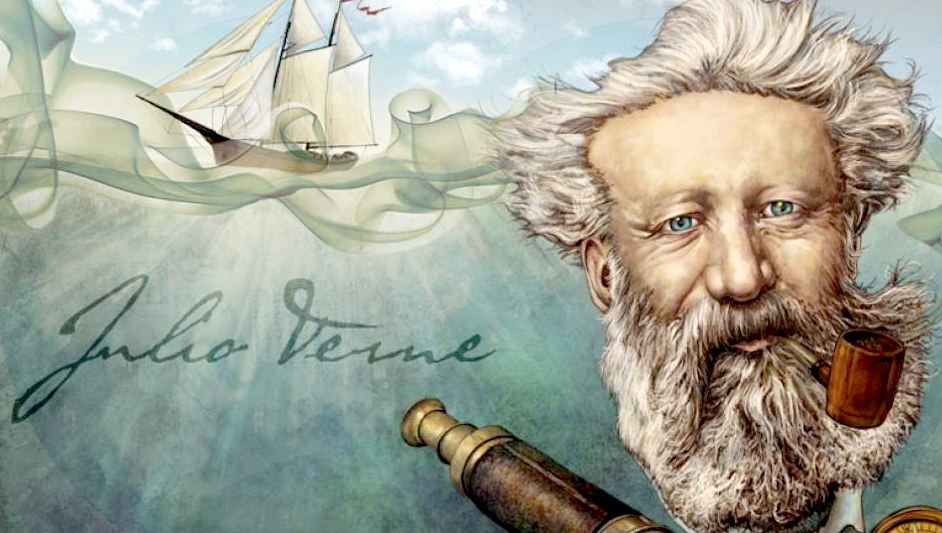|
JULES VERNE
Please use our A-Z INDEX to navigate this site or return HOME
|
|
What a wonderful imagination the French writer had. He was also a practical mariner, gaining much of his material from his travels, just like Herman Melville, for his Moby Dick. Jules Verne is best known for '20,000 Leagues Under the Sea' and Around The World In Eighty Days. But he also authored a number of other popular novels, that made it onto the big screen, such as 'The Mysterious Island,' and 'Journey To The Centre Of The World.'
THE FATHER OF SCIENCE FICTION
Jules Verne
hit his stride as a writer after meeting publisher Pierre-Jules Hetzel, who nurtured many of the works that would comprise the author's Voyages
Extraordinaires. Often referred to as the "Father of Science Fiction," Verne wrote books about a variety of innovations and technological advancements years before they were practical realities. Although he died in 1905, his works continued to be published well after his death, and he became the second most translated author in the world.
His works of imagination, and the innovations and inventions contained within, have appeared in countless forms, from motion pictures to the stage, to television. Often referred to as the "Father of Science Fiction," Verne is the second most translated writer of all time (behind Agatha Christie), and his musings on scientific endeavors have sparked the imaginations of writers, scientists and inventors for over a century.
CLASSIC WORKS - Jules Verne is best known for 20,000 leagues Under the Sea and Around the World in Eighty Days, both of which became Hollywood classics. Jules Verne was and still remains one of the best-renowned science fiction authors. His books were decades and even centuries ahead of their time, and while the initial reception to some of his books may have been muted they have nevertheless continued to amaze many as well as influence scientific discourse and debates. He remains unparalleled when it comes to science fiction and here are some of his top books.
Jules Verne was the author of many adventure stories:
1
Twenty Thousand Leagues Under the Sea
9
Round the Moon (Extraordinary Voyages, #7)
It was Jules Verne's fictional character, 'Philleas Fogg', who suggested that it might be possible to travel Around The World In 80 Days. But what about doing it in a Zero Emission yacht driven by electric hydro-jets? With the advent of solar power and liquid hydrogen, it is a distinct possibility - on a scale of the wager that the legendary Philleas Fogg entered into at the Reform Club in 1872.
Many people have used the eighty day target set by Jules Verne as the goalposts for their technology projects having been inspired by the famous French author. We are likewise enthused.
|
|
ZEWT ALORS - The solar and wind powered 'Elizabeth Swann' will feature solar collectors and wind energy harvesting apparatus in an advanced configuration. Her hull configuration is ideal for mass hydrogen storage tanks, offering ranges of up to 4,000nm on compressed gas, and could circumnavigate the globe on one fill up of liquid hydrogen, stored in two cryogenic tanks. Unfortunately, at this stage not in under 80 days, to equal the famous Jules Verne round the world record.
|
|
NOVELIST INDEX A - Z
JULES VERNE LINKS & REFERENCE
http://jules-verne.org/ https://www.jules-verne.co.uk/
|
|
Please use our A-Z INDEX to navigate this site or return HOME
This website is Copyright © 2021 Jameson Hunter Ltd
|



